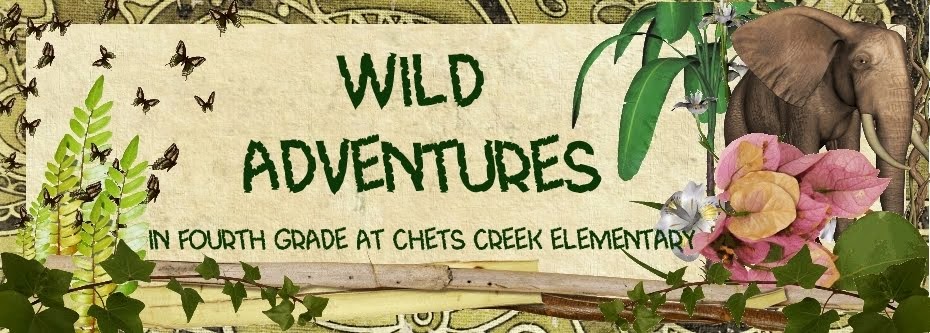.JPG)
As readers get deeper into their books, they should notice their books starting to look a little....
fringy. Sticky notes will be exploding out of their books like firecrackers, just as their minds should be pop, pop, popping up thoughts. Good readers know they should stop and jot their thinking as they get to know the characters in their stories and follow them through their triumphs, challenges, and adventures.
When we reach the point at which our books look wild with our sticky note thoughts, which usually occurs around a third or halfway through a book, it's time for the next step.
.JPG)
We begin by writing the page number on all of our sticky notes. Then, we pull all of our jots out of our book and lay them out on the table or floor like pieces of a puzzle. With our notes spread out, we take time to reread them all, grouping them into categories as we do.
Once all of our stickies have been grouped, we start to think.
How are these categories related?
Do I see any patterns?
Now that I think about all these thoughts together, am I having any new thoughts about them?
This is called
growing a theory.

This reader just finished reading
A Bear Named Trouble, by Marion Dane Bauer. After sorting his sticky noted thoughts, he identified a big idea for his theory. He realized that this story, about the young son of a zookeeper and a wild bear who killed the boy's favorite goose in the zoo, was
really about the main character, Jonathan, learning to forgive. He selected a few sticky notes that helped him create this theory, gathered them on a page of his reading notebook, and wrote his theory at the top in a box. His next step, since he has just finished this book, is to write briefly to explain his theory.
This reader is currently reading
Troublemaker, by Andrew Clements. She found that many of her sticky notes were either about Clay or Mitch, two brothers and the main characters of this story. There were a few surprising moments that stood out in particular to her, such as the fact that Clay, the younger brother, was eager to tell Mitch about getting in trouble in school, but when he did, Mitch was angry at Clay instead of proud. She was also surprised when Mitch took Clay to the mall and wound up giving him a makeover -- cutting his hair, buying new clothes, making him tuck in his shirt, and more. She noticed that the boys seemed to be having trouble getting along through these surprising turns, too. All of this thinking led her to the theory she wrote at the top of her page:
This book is really about Mitch and Clay trying to get along together and help [themselves] through life.
As she reads on, she will carry this theory in her mind, testing her thinking to see if she's on the right track.
Readers, how is your reading going? What are some great thoughts you're having about your books right now? What theories are you growing about your characters?

.JPG)








.JPG)
.JPG)

